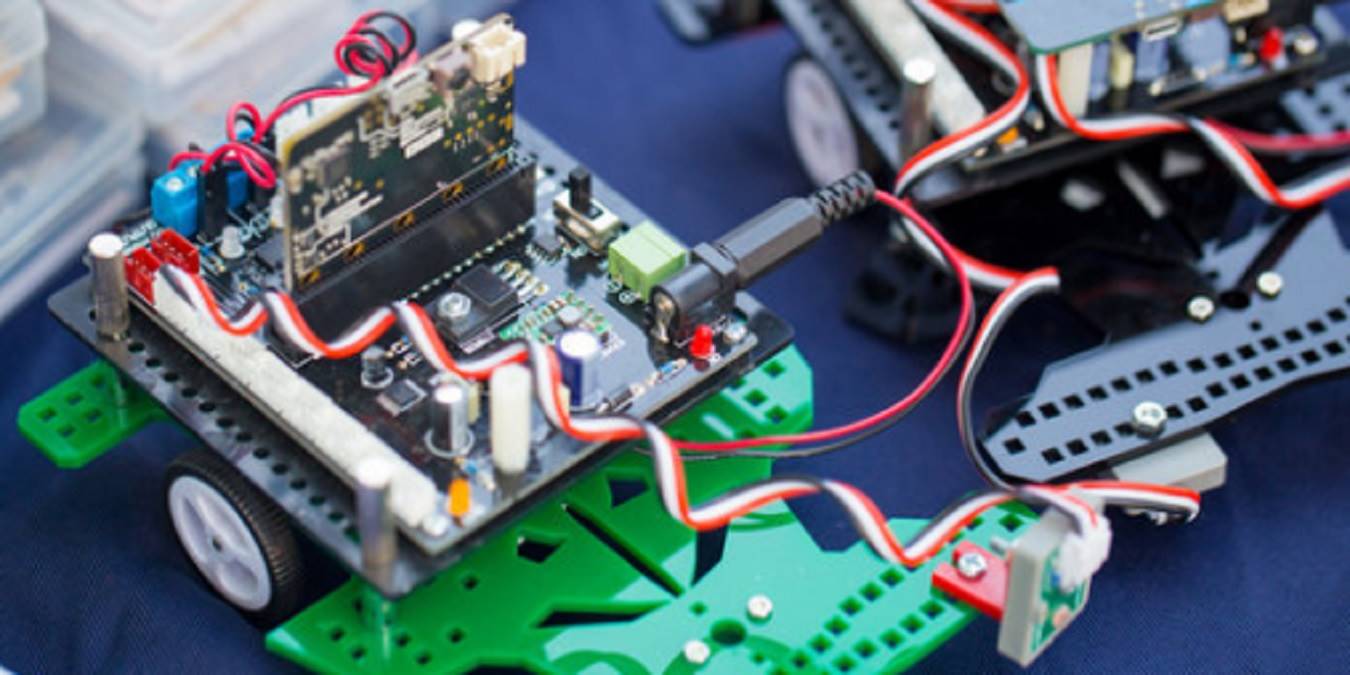
As an IoT developer, before you build an actual product, you need to have a practical proof of concept, which can be assessed as commercially viable. For this, there are plenty of DIY development boards to choose from, and open-source hardware, such as Raspberry Pi and Arduino, have been extremely popular.
But these boards come with their own challenges: the supported memory is extremely limited, the boards cannot compete on x86 operating systems, and they lack the ruggedness needed for industrial-scale applications. This is why we had earlier listed several alternative IoT hardware, such as ODROID-XYU4, Banana Pi and ASUS Tinkerboard, which bring far superior specs to the table.
Having a powerful board is just part of the equation, though. For the latest insights, we spoke to Scott Brenton of Solid States Supplies, a UK-based value-add IoT distributor. Since this a company that sells many different kinds of evaluation boards, its practical experiences with consumers have helped us present the list of leading trends in DIY development boards for 2021.
1. Pre-packaged, Scalable Solutions
When you move to mass production, the scalability, packaging and cost of components assumes greater significance. As an electronics company, Solid State Supplies has over the years seen an evolution in its business growth from selling discrete-level analog components to complete system-on-modules (SoM), and currently, the pre-packaged single-board computers (SBC), microcontrollers and other evaluation boards.
Says Scott: “For most IoT businesses, time-to-market is a huge concern. There is little value for a customer to build a part which adds no value to their business. We ask them: ‘Do you want to build the solution from the ground up or would you buy it entirely?’ That’s where the scales of economy assumes huge significance.”

To drive home the point of scalability in IoT projects, Scott gives us the example of a smart nurse call system which they’ve implemented in hospitals: “It’s possible to achieve that with a Raspberry Pi, sensors, and a radio, but if you wanted to scale that solution to 10000 hospitals with 100,000 beds, the cost per unit would be drastically huge.“
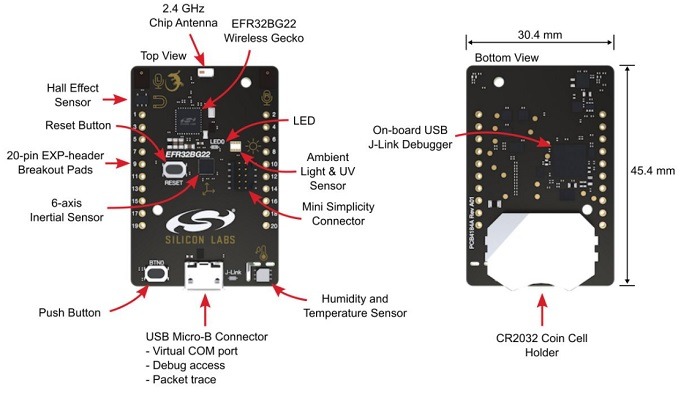
For such a high-volume need, a product like SiLabs Thunderboard BG22 offers a better alternative. This low-cost solution (only $19.99) comes with Bluetooth 5.2 connectivity, an array of built-in sensors, and support for a Thunderboard mobile app. With power-saving options and ruggedness, it can be redesigned for scalable uses.
2. Longevity of IoT Hardware Components
An evaluation board like Thunderboard BG22 also supports more longevity, which is an important criteria for industrial-scale projects. Most healthcare customers, Scott argues, “expect the hardware components to last a minimum ten years. Some of the boards, such as Raspberry Pi, cannot keep up with the longevity demand, and a piece of memory change could jeopardize a contract.”
Besides, redesign and recertification can be expensive. An IoT manufacturer needs to guarantee supply of internal components, programs and toolkits for at least 10 to 15 years.

3. Low Power Consumption – High Functionality
Low-power operations are increasingly important for development boards, but they shouldn’t come at the expense of functionalities. The current trend in development boards is to offer high performance, powerful multimedia options, and cutting-edge chipsets. To reduce power consumption, a power management IC is built inside along with a low-emission design, which can operate at industrial scale temperatures.
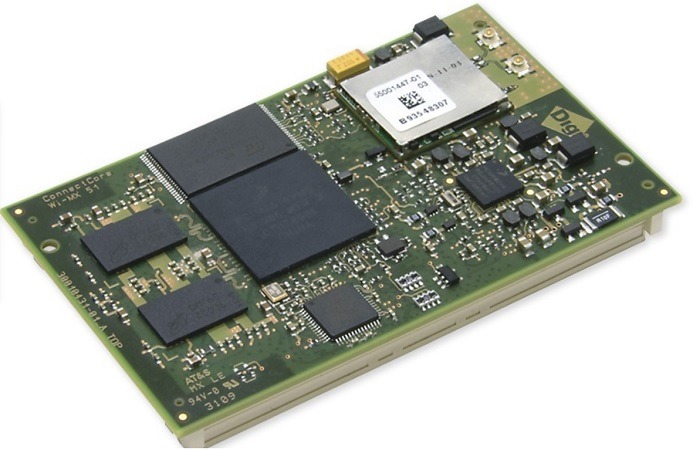
One of the examples Scott gave us is of Digi ConnectCore i.MX51, a future-proof development board which comes with the powerful ARM® Cortex™-A8 core processor that almost guarantees full virtual memory. It comes with Windows Embedded (for x86 environments) and Linux support and has hardware acceleration for multimedia activities. Such a powerful board is useful in many applications, such as digital signages, smart retail, industrial automation, and more.
4. Small Form Factor/Miniaturization
Small size matters. While we had talked about the new Raspberry Pi’s credit-card sized computer in our review when it released, we weren’t prepared for what came next. The records of miniaturization continue to be broken. For example, at only 30.4 x 45.4 mm, the SiLabs EFR32BG22 is almost twice as small as Raspberry Pi 4b.
However, feature-wise, it is a lot more dense and comes with many advanced modules, such as a built-in antenna, UV and ambient light sensor, Relative humidity & temperature sensor, Hall effect sensor, and secure Bluetooth 5.2 communication on radio to support complete IoT project components in one single unit.
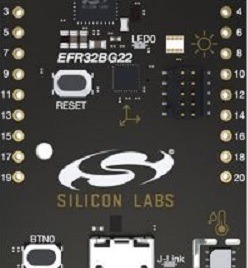
According to Scott, miniaturization isn’t really that important, although that’s the first thing you notice with these latest evaluation boards. “Today, the focus is on having more functionality with smaller footprint. In the past, even a simple Ethernet connector could be huge. Now we get a whole single-board computer for that size.“
5. Third-Party Component Security
While working on a project, most developers aren’t very sure if the third-party components they’re using are actually secure and able to discourage hackers and other intrusion agents. Scott mentions, “Security is no longer an after-thought,” pointing to “Page 1 specs of IoT evaluation boards.” He believes manufacturers are now owning a major part of the security requirement of their IoT boards. This new built-in security mechanism, Scott says, exists with many modern boards, including Digi, Microchip, Espressif, and SiLabs.
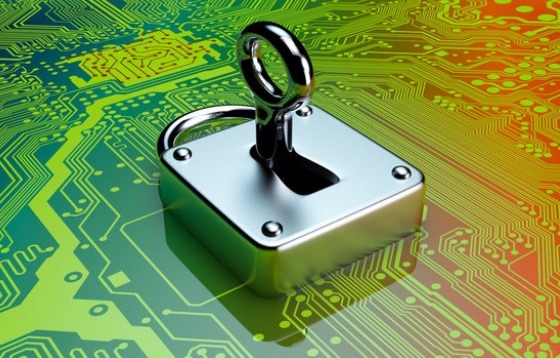
6. Multiple Connectivity Options
Do you face data connectivity challenges while working on IoT projects? The robustness of wireless connectivity is important in networking projects. According to Scott, there are many ways to build powerful connectivity in the project, but mostly by selecting the right board. For example, y,ou can choose a board, such as ESP32, which offers both Wi-Fi and Bluetooth support and speeds up to 150 Mbps.
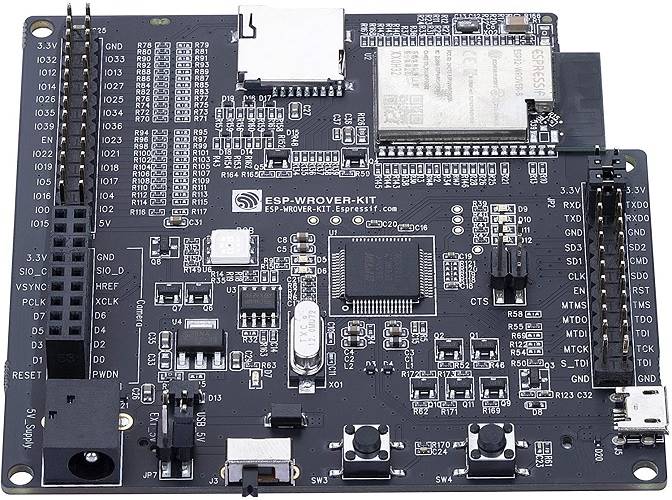
Adds Scott: “Instead of a normal 2.4 GHz Wi-Fi transceiver, you can go with 868 MHz RF Modules. You should also choose the right technology based on your applications. For example, if your project involves closed-circuit television cameras, then don’t choose LoRa for connectivity.“
7. DIY 5G?
While 5G is clearly the rage and being rolled out concurrently worldwide, it is important for the evaluation boards of the future to keep up with this new connectivity standard. Scott mentions Quectel, available in M2. form factor as one of the confirmed SOMs that can work with 5G speeds. It uses a Qualcomm® Snapdragon™ X55 commercial 5G modem covering global 5G frequencies. With such a module, you can tinker your way into the future with 5G.
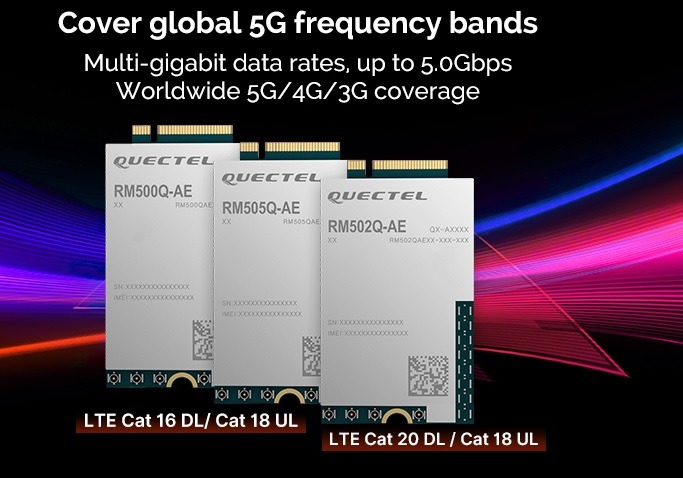
Concluding Observations
There are DIY projects in IoT that teach you to build anything from smoke alarms to video conferencing stations for Zoom or Skype to a homemade smart security system. But you need more pragmatic ideas when building an IoT product to sell in high volumes in the Azure or AWS Marketplace or to support the mission-critical applications in healthcare, military, or enterprise.
Some of the latest IoT DIY boards mentioned in this article are specs-killers and will drive the future of the DIY development boards market.







